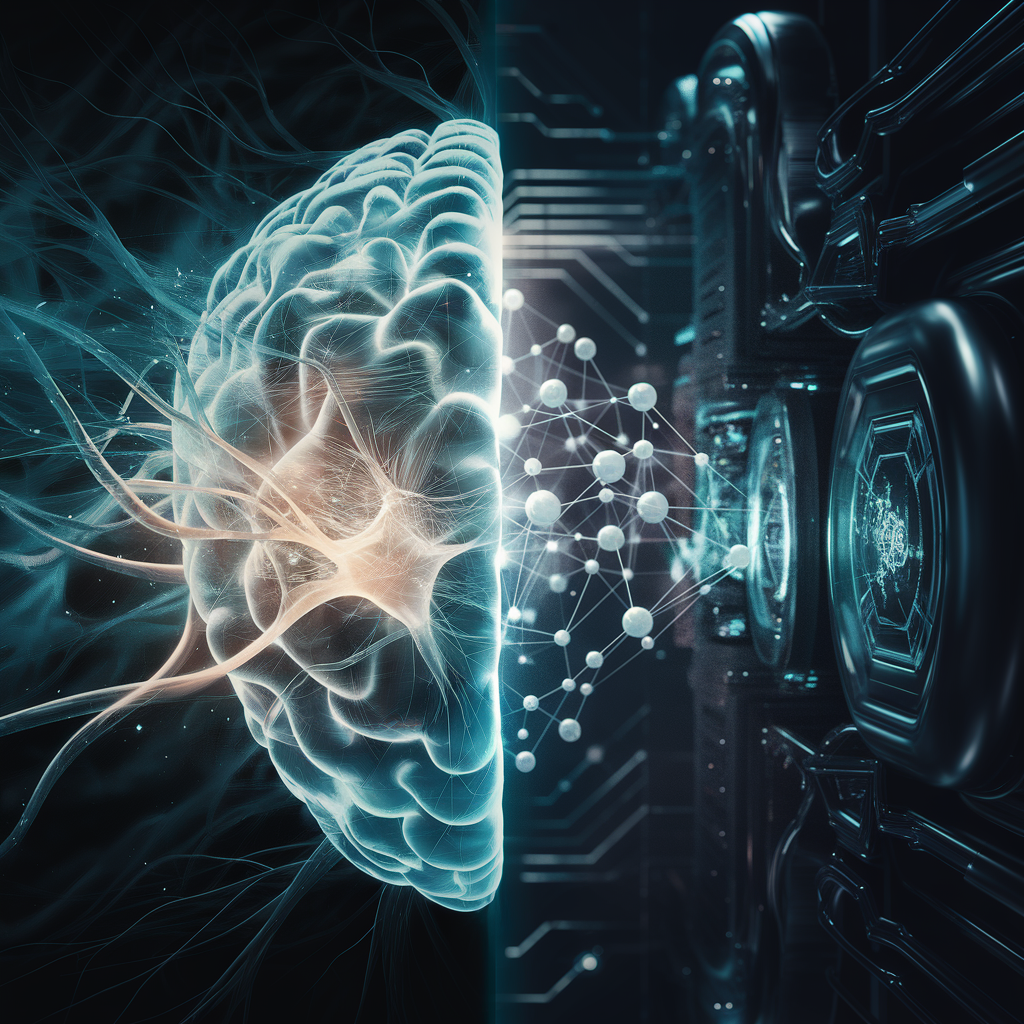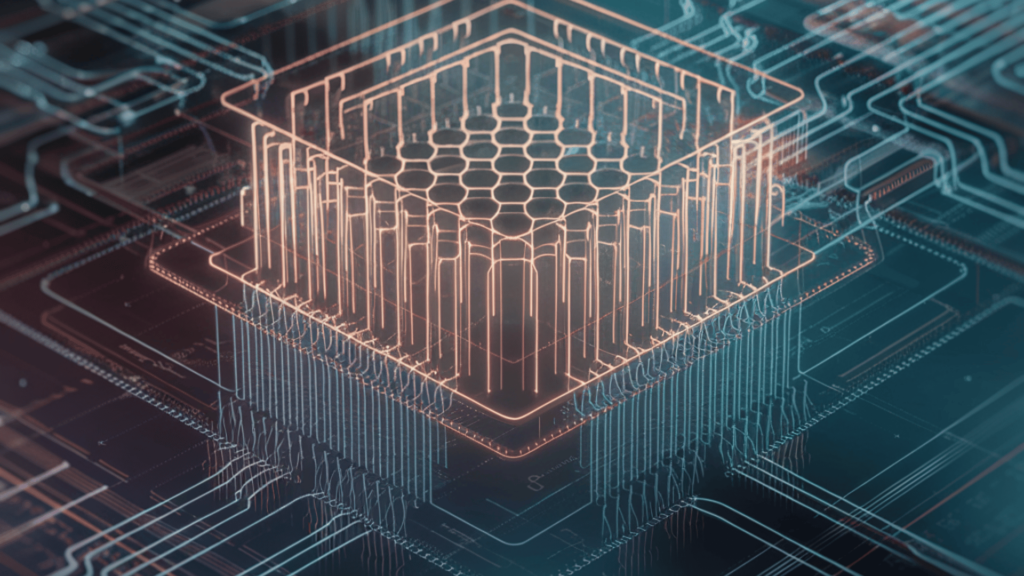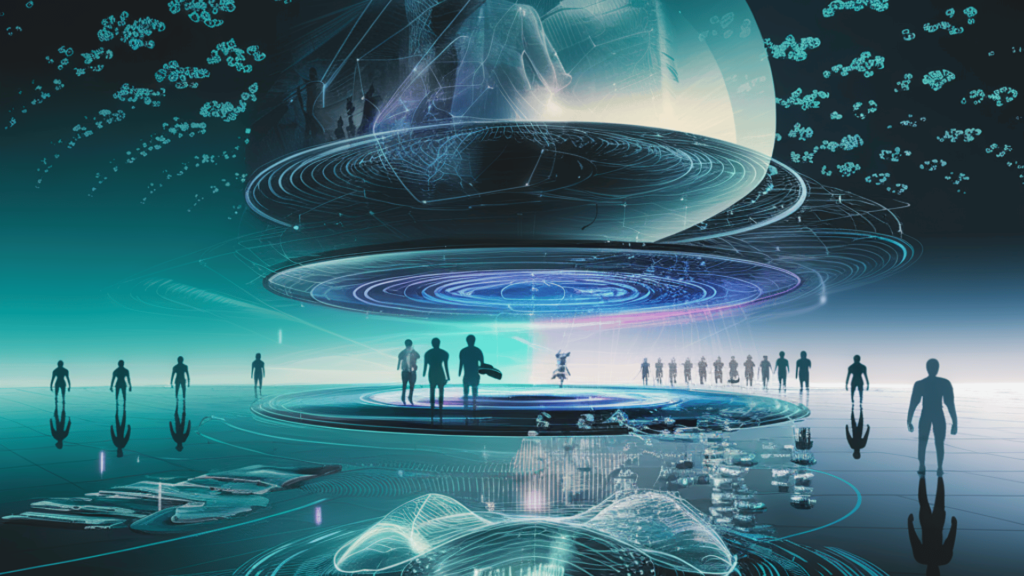
From sci-fi dreams to everyday reality, Artificial Intelligence has come a long way. 🚀 Remember when AI was just a concept in futuristic movies? Now, it’s the force behind the virtual assistant on your phone and the chatbot helping you shop online. But how did we get here?
Imagine a world where machines can think, learn, and create just like humans. It’s not just imagination anymore—it’s happening right now. From Alan Turing’s groundbreaking ideas in the 1950s to the jaw-dropping capabilities of GPT-4, AI has evolved at a breakneck pace. But with great power comes great responsibility. As AI becomes more integrated into our lives, we’re faced with exciting possibilities and challenging ethical questions.
In this ultimate guide, we’ll take you on a journey through the fascinating history of AI. We’ll explore the foundational concepts, celebrate major milestones, and dive into the cutting-edge technologies shaping our future. From the birth of AI to the rise of transformers and language models, and finally to the new frontier of GPT-4, you’ll gain a comprehensive understanding of this revolutionary field. Are you ready to unlock the secrets of AI and glimpse into the future of technology? Let’s begin our exploration!
The Birth of AI: Turing’s Vision

The Birth of AI: Turing’s Vision
Alan Turing’s contributions to AI
Alan Turing laid the foundation for artificial intelligence in his 1947 London lecture, emphasizing the need for machines capable of learning and adaptation. His concept of machine intelligence has profoundly influenced modern information technology. Turing’s legacy continues to shape AI development, recognized through honors like the Turing Award and his image on the Bank of England’s £50 note.
The Turing Test: Measuring machine intelligence
Turing proposed the imitation game, now known as the Turing Test, in 1950 to assess a machine’s ability to exhibit human-like intelligent behavior. This concept has driven advancements in natural language processing and conversational AI, leading to sophisticated applications like ChatGPT and Google’s Gemini. With this groundwork established, we’ll next explore the foundational AI concepts that emerged from Turing’s visionary ideas.
Foundational AI Concepts

Foundational AI Concepts
Now that we’ve explored Turing’s vision, let’s delve into the core principles of AI. The development of AI is guided by ethical frameworks emphasizing beneficence, non-maleficence, autonomy, justice, and explicability. These principles ensure AI technologies promote well-being, mitigate risks, and maintain human-centric control.
Machine Learning Basics
Machine learning, a key component of AI, relies on:
- Data accuracy
- Bias prevention
- Continuous assessment
| Principle | Focus |
|---|---|
| Accessibility | User-friendly AI |
| Accountability | Tracking AI decisions |
| Fairness | Preventing discrimination |
With these foundational concepts in mind, we’ll next explore significant AI milestones, from ELIZA to Deep Blue.
AI Milestones: From ELIZA to Deep Blue

AI Milestones: From ELIZA to Deep Blue
Now that we’ve explored foundational AI concepts, let’s delve into key milestones that shaped the field. In the 1960s, ELIZA emerged as the first chatbot, simulating human-like dialogue. Expert systems followed, demonstrating high competence in specific fields like chemical analysis (DENDRAL) and medical diagnostics (MYCIN).
The 1990s saw a resurgence in AI, culminating in IBM’s Deep Blue defeating chess champion Garry Kasparov in 1997. This victory symbolized AI’s growing strategic capabilities. As we transition to modern AI, we’ll explore how these milestones paved the way for transformative technologies like Watson, which mastered natural language processing.
Key AI Milestones
| Year | Milestone | Significance |
|---|---|---|
| 1960s | ELIZA | First chatbot |
| 1980s | Expert Systems | Task-specific AI |
| 1997 | Deep Blue | AI beats human in chess |
| 2011 | Watson | Mastery of natural language |
The Rise of Modern AI

The Rise of Modern AI
Now that we’ve explored the early milestones of AI, from ELIZA to Deep Blue, let’s delve into the modern era of artificial intelligence. This period has been characterized by significant advancements in deep learning, big data, and cloud computing, which have collectively propelled AI to new heights.
A. Big Data and its impact on AI
- Enabled analysis of vast datasets
- Revealed patterns traditional algorithms missed
- Facilitated breakthroughs in:
- Image recognition
- Natural language processing
- Autonomous systems
| Technology | Application |
|---|---|
| CNNs | Image recognition |
| RNNs | Sequential data processing |
| Deep Learning | Pattern analysis in large datasets |
B. Cloud computing and AI scalability
Cloud platforms have revolutionized AI development by providing:
- Scalable computing resources
- Accessible AI tools and services
- Collaborative environments for researchers and developers
This democratization of AI has accelerated innovation and enabled broader adoption across industries.
C. AI in smartphones and personal assistants
The integration of AI into everyday devices has transformed user interactions:
- Voice recognition advancements
- Natural language understanding
- Personalized recommendations and services
| Assistant | Key Features |
|---|---|
| Siri | Voice commands, device control |
| Google Assistant | Natural language processing, contextual understanding |
D. Computer vision breakthroughs
Recent years have seen remarkable progress in computer vision:
- Facial recognition technology
- Object detection and tracking
- Medical image analysis
These advancements have applications ranging from security systems to autonomous vehicles, showcasing AI’s growing capabilities in interpreting visual data.
With these modern AI developments in mind, we’ll next explore the revolutionary impact of transformers and language models, which have further pushed the boundaries of artificial intelligence.
Transformers and Language Models

Transformers and Language Models
Introduction to transformer architecture
Now that we’ve explored the rise of modern AI, let’s delve into transformers and language models. The transformer architecture, introduced in 2017, revolutionized NLP with its self-attention mechanism. This innovation allowed models to process entire passages simultaneously, recognizing relationships between words and their meanings more effectively than previous sequential approaches.
BERT: Bidirectional language understanding
Building on this foundation, Google’s BERT model emerged in 2018, setting new benchmarks in NLP tasks. BERT’s bidirectional approach enhanced contextual understanding, paving the way for more sophisticated language models. With this in mind, next, we’ll explore the GPT series and its evolution towards GPT-4: The New Frontier.
| Model | Year | Key Feature |
|---|---|---|
| Transformer | 2017 | Self-attention mechanism |
| BERT | 2018 | Bidirectional understanding |
GPT-4: The New Frontier

GPT-4: The New Frontier
Building on the advancements in transformers and language models, GPT-4 represents a significant leap forward in AI technology. Released on March 14, 2023, by OpenAI, this multimodal large language model boasts impressive capabilities across various domains. GPT-4 can process both text and images, solve complex problems, and generate original content with improved reliability and creativity.
Key improvements over GPT-3
| Feature | GPT-3 | GPT-4 |
|---|---|---|
| Context window | Limited | Up to 32,768 tokens |
| Input types | Text only | Text and images |
| Test performance | Good | Exceptional (e.g., Bar Exam, SAT) |
As we look towards the future of AI, GPT-4’s advancements pave the way for more sophisticated and capable systems, while also raising important ethical considerations and potential risks that must be addressed.
The Future of AI

The Future of AI
Now that we’ve explored GPT-4, let’s look ahead to the future of AI. The next decade promises significant advancements in artificial intelligence, building on the foundations laid by pioneers like Turing and recent breakthroughs in generative AI.
Artificial General Intelligence (AGI)
As we move towards 2034, AI is expected to become more deeply integrated into our personal and business environments. The evolution of AI parallels that of computers, transitioning from large, expensive models to smaller, more efficient ones. This shift will enable broader accessibility and foster innovation through open-source initiatives.
| AI Advancement | Expected Impact |
|---|---|
| Multimodal AI | Enriched human-computer interactions |
| Agentic AI | Autonomous operation and real-time adaptation |
| Quantum Computing | Overcoming computational limitations |
Conclusion

The journey of AI from Alan Turing’s groundbreaking ideas to the sophisticated GPT-4 model exemplifies the remarkable progress in artificial intelligence. We’ve witnessed the evolution from early concepts to machine learning, deep neural networks, and now, advanced language models capable of processing multiple modalities. GPT-4’s ability to handle complex tasks, from image interpretation to website creation, showcases the immense potential of AI in various fields, including education and creative endeavors.
As we look to the future of AI, it’s crucial to balance our excitement for technological advancements with a thoughtful approach to their implementation. While models like GPT-4 offer unprecedented capabilities, they also come with limitations and ethical considerations. Responsible development, user education, and continuous refinement of AI technologies will be key in harnessing their full potential while mitigating risks. The ongoing evolution of AI invites us all to stay informed, engage critically with these technologies, and contribute to shaping an AI-driven future that benefits humanity as a whole.

Good one